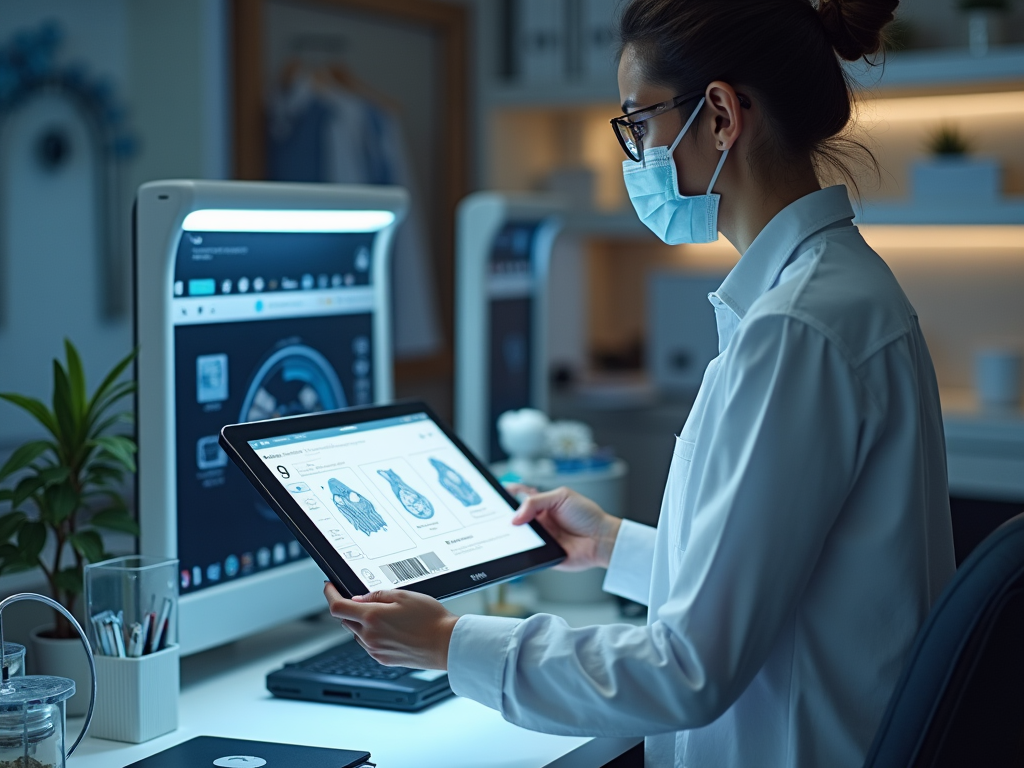For those concerned about indoor air quality, HEPA filters are a popular choice. But a common query is: can you actually clean a HEPA filter? The answer largely depends on the type of HEPA filter you have. While some are washable and reusable, others are designed for one-time use. Let’s explore the nuances of cleaning HEPA filters, the types available, and expert recommendations on maintaining them.
Understanding HEPA Filters

HEPA, or High-Efficiency Particulate Air, filters are renowned for their ability to trap 99.97% of particles as small as 0.3 microns. This includes pollutants like dust mites, pollen, pet dander, and even cigarette smoke. Their effectiveness makes them a staple in air purifiers and vacuum cleaners. However, their complex mesh of fibers that traps particulates also makes them susceptible to clogging, which sparks the debate on their cleanability. It’s crucial to understand their structure and purpose before attempting any cleaning.
HEPA filters come in various types, each with distinct guidelines regarding maintenance:
- Disposable HEPA Filters: These are the most common type and are not designed to be washed. Attempting to clean them can damage the filter fibers, reducing their effectiveness and lifespan.
- Washable HEPA Filters: These filters are designed to withstand gentle washing. However, ensure that they are completely dry before reinstallation to prevent mold growth.
- Permanent HEPA Filters: Unlike washable types, these require regular light maintenance like vacuuming to remove surface dust without washing.
Identifying the type of filter you use is vital to ensuring proper care and maximizing efficiency.
When and How to Clean a HEPA Filter

The necessity of cleaning a HEPA filter depends on usage and environmental factors. If you notice a reduction in air flow or an increase in airborne pollutants, it might be time to inspect your filter. For washable HEPA filters, follow these steps:
- Remove the filter from the device carefully.
- Gently rinse with water, avoiding any scrubbing, which can damage the fibers.
- Shake off excess water and allow it to dry completely, ideally in a warm, sunny spot.
- Reinstall once fully dry to avoid mold formation.
For non-washable or permanent filters, rely on the manufacturer’s guidelines to maintain their functionality without compromising longevity.
The Risks of Cleaning HEPA Filters
Cleaning HEPA filters, especially non-washable types, poses significant risks. Attempting to clean them can lead to:
- Damage: The delicate fiber structure can easily tear, reducing efficiency.
- Reduced Lifespan: Frequent or improper cleaning shortens their lifespan.
- Inadequate Filtration: An improperly cleaned filter might become ineffective at trapping pollutants.
Therefore, expert advice often leans towards replacing rather than cleaning non-washable HEPA filters to maintain optimum air quality.
Conclusion
In conclusion, whether or not you can clean a HEPA filter depends on the type you have. Washable filters can be gently cleaned, ensuring thorough drying before reinstallation. Non-washable versions are best replaced when they’re no longer effective. Always refer to the manufacturer’s instructions for the best practices concerning your specific HEPA filter model. By understanding the characteristics and maintenance needs of your HEPA filter, you can ensure a cleaner and healthier indoor environment.
Frequently Asked Questions
1. Can I use soap or detergent to clean my washable HEPA filter?
It is not recommended to use soap or detergent as they can leave residues that may block the filter. Clean your washable HEPA filter with plain water.
2. How often should I replace a disposable HEPA filter?
Typically, disposable HEPA filters should be replaced every 6 months to a year, depending on usage and environmental factors.
3. What are the signs of a clogged HEPA filter?
Signs of a clogged HEPA filter include reduced airflow from the device, a noticeable decrease in air quality, and possibly a musty odor.
4. Is it safe to vacuum a non-washable HEPA filter?
Yes, lightly vacuuming the surface of a non-washable HEPA filter can help remove loose dust and maintain its function.
5. Can cleaned HEPA filters achieve the same efficiency as new ones?
Cleaned HEPA filters often do not regain full original efficiency. It’s best to follow manufacturer recommendations on cleaning or replacing them for optimal performance.